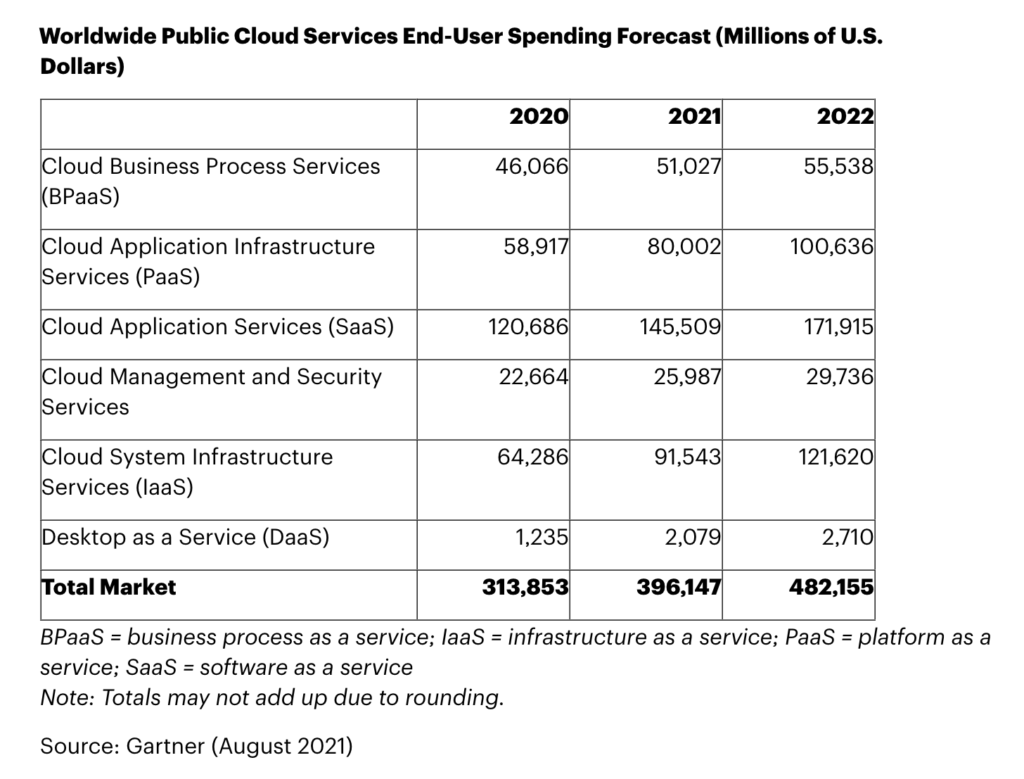Earlier this month, Dr. Riza C. Berkan, the CEO of semantic search engine Hakia, wrote a great article on iMedia Connection, Why semantics are the future of paid search.
In my post on the different kinds of semantic advertising, I mentioned that “advertisers in semantic search may ultimately end up bidding on concepts and relationships rather than keywords or phrases”. Dr. Berkan makes a compelling argument for why that could be a huge boon for advertisers for two reasons:
- Make sure that ads are placed in the right context.
- Make advertising in the Long Tail manageable.
The first argument is the obvious one. If Samsonite wants to advertise for the keyword “suitcase”, they’d probably prefer if their ads didn’t come up on pages talking about suitcase bombs. Safari tour operators don’t want their ads appearing in stories about tribal wars or pirates off the Kenyan coast. As they say in marketing: not good for the brand.
Now, experienced search marketers will immediately jump in and say that you can use different keyword matching options — broad match, phrase match, exact match, negative keywords — to proactively manage these kinds of issues.
That’s true, but it’s an awful lot of work.
Which brings us to the second potential advantage of Berkan’s vision for semantic advertising: making the Long Tail manageable.
See, the problem with Long Tail strategies in search marketing is that the number of different keywords and their variations that a marketer has to deal with can quickly spiral out of control. I know of many search marketers who are dealing with thousands — or tens of thousands — of keywords. It’s a classic case of exponential growth in marketing.
Make no mistake, marketers should advertise in the Long Tail. Google’s VP of Engineering said, in a talk Search is a Hard Problem, that 20-25% of the queries they see in a given day have never been seen before. This is often untapped inventory for advertisers, who by going after more niche terms could reach prospects with more targeted messages and less competition. This results in more conversions and higher ROI.
So you want to advertise in the Long tail, but it’s a pain to manage.
Berkan’s goal is that semantic engines should do the hard work for you. Instead of manually trying to come up with all the thousands (or millions, or billions) of possible keyword variations, you could let a semantic search engine understand the gist of your campaign — by semantically analyzing one or more web pages — and then let the semantic engine automatically determine when a given search query is a Long Tail match worthy of your ads.
To quote from Berkan’s article:
It is an infeasible task to extract thousands of queries manually for every web page you have, not to mention creating an advertising campaign by bidding these terms one by one. So, here is another definition of the Long Tail for you: the queries that you are not extracting from your web pages are in fact the true long tail queries. The ones that you are extracting are the fat tail, popular and short queries, and most likely, you are using [only] these in your advertising campaign today.
Of course, this is probably better in theory than practice today. Semantic technologies are still relatively young, and language is ever-evolving and diversified — especially on the Internet — so accuracy is a question once you go beyond relatively limited domains. And since, generally speaking, more money is made from advertisers when you place their ads in more locations, there are imperfect incentives for the operators of these engines. The very expansive nature of automated Long Tail advertising will make it challenging to audit.
But in balance, Berkan sums it up nicely: “There is lots of room for improvement in current paid search advertising systems. Semantic technologies will enhance the relevancy, reach, and usability of today’s systems, thereby increasing the amount of potential revenue for the entire industry.”


